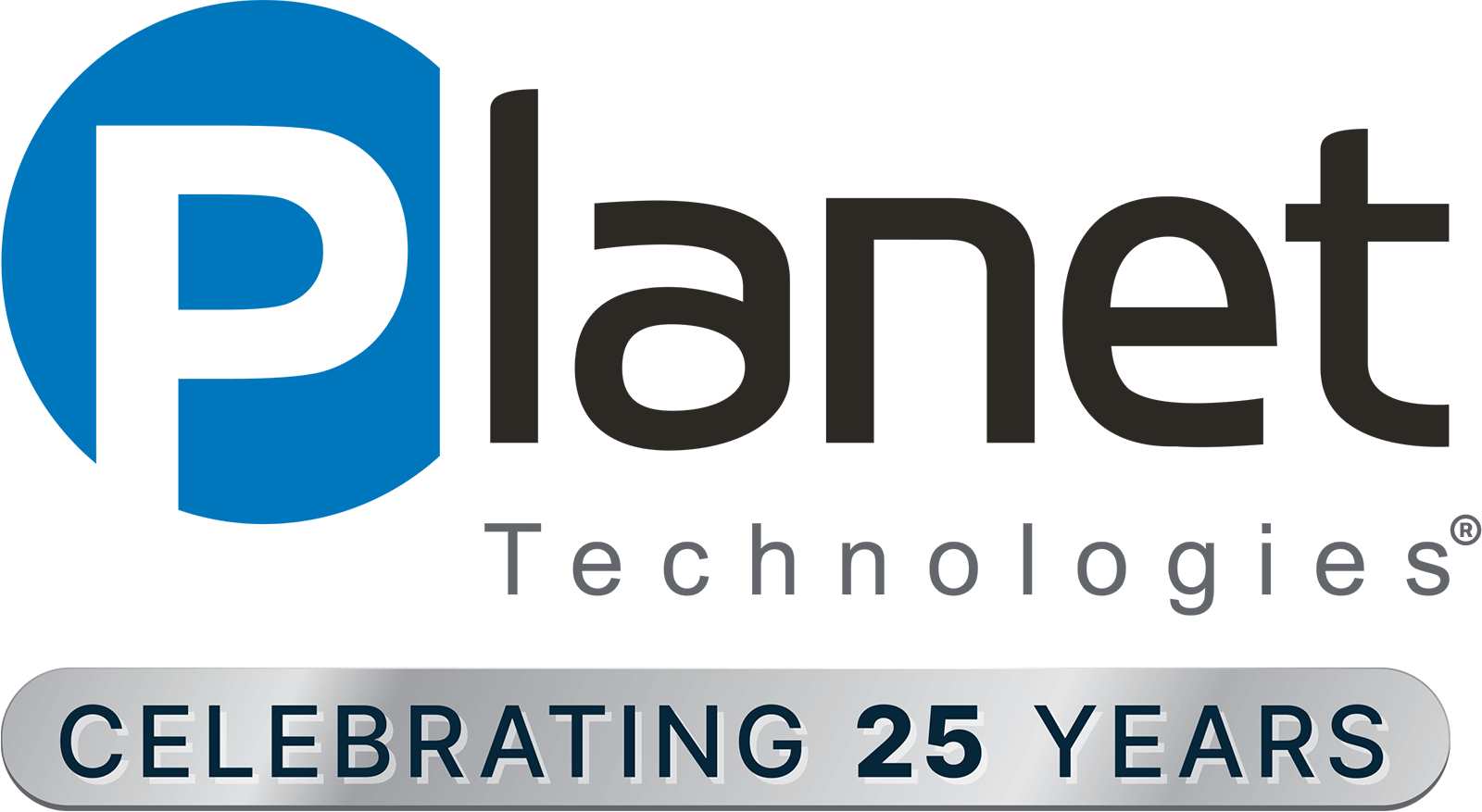I recently attended a technology conference for state leaders from across the country, which included CTOs, Enterprise Architects, and IT Directors. During a panel discussion, we discussed the importance of identifying the best solution for integrations, as opposed to selecting a tool based on its cool factor, a sales team meeting, or the latest and greatest feature set.
In today’s fast-paced business environment, IT leaders must constantly select the right tools to help their organization operate more effectively. With a plethora of options available, it can be overwhelming to decide which tool is the best for your enterprise. While many IT leaders often look to industry analysts and experts to guide their decision-making process, they should also understand choosing the “best of breed” tool may not always be the best option for their organization.
In this blog, we will explore why IT leaders must look beyond industry rankings and prioritize the “best fit” for their enterprise when selecting new solutions. Sometimes, saying “no” to the highest-ranked tool is the right decision.
Why “Best of Breed” is Not Always the Best Fit
In the technology industry, certain solutions are often labeled as “best of breed,” meaning they are considered the top-ranked option for a specific function or task. While these tools may be excellent in their respective areas, they may not always be the best fit for an organization’s unique needs.
One of the biggest challenges with “best of breed” tools is they may not integrate well with other systems and applications used within your organization. This can result in inefficiencies, increased costs, and a more complex IT environment. While a “best of breed” tool may excel in a specific area, it may lack the flexibility and customization options necessary to meet an organization’s specific requirements.
The Importance of Prioritizing “Best Fit”
Good leaders prioritize the “best fit” over the “best of breed” when selecting new tools and solutions for their organization. This means assessing their organization’s unique needs, evaluating the available options, and choosing the tool that will work best within their existing IT environment.
By prioritizing “best fit,” IT leaders can ensure that the new tool will seamlessly integrate with their existing systems and applications, reducing the risk of inefficiencies and increased costs. Additionally, choosing a tool that is customizable and flexible allows organizations to tailor the tool to their specific needs and processes, improving overall efficiency and productivity.
The Role of the Enterprise Architect
Although enterprise architecture needs to be collaborative across all stakeholders, sometimes tough decisions have to be made. A direct “no” is something to be avoided at all costs, as it tends to encourage shadow IT. Instead of constantly being the bearer of bad news, enterprise architects will often have to informally serve as the “enterprise technology evangelist” –– a good EA will spend a significant amount of time highlighting why “best fit” is better than “best of breed” when viewed through an enterprise lens. Ultimately, the customer should walk away from the conversation with a better understanding of the enterprise view (and ideally become an ally of the larger strategic direction).
The Role of Industry Analysts
While industry analysts and experts can provide valuable insights and guidance, IT leaders should not rely solely on their rankings when selecting new tools and solutions. Instead, they should use industry rankings as a starting point and evaluate each option based on their organization’s unique needs. Sometimes, IT leaders must say “no” to the highest-ranked tool and choose a lesser-known option that is a better fit for their organization. This requires confidence and the ability to make tough decisions, but ultimately, it will lead to a more efficient and effective IT environment.
Conclusion
IT leaders must prioritize the “best fit” over the “best of breed” when selecting new tools and solutions for their organization. By doing so, they can ensure that the new tool seamlessly integrates with their existing systems and applications, improving overall efficiency and productivity. While industry rankings and expert opinions can provide valuable insights, IT leaders must evaluate each option based on their organization’s unique needs and requirements. Sometimes, saying “no” to the highest-ranked tool is the right decision, and good leaders must have the confidence to make tough decisions for the benefit of their organization.

